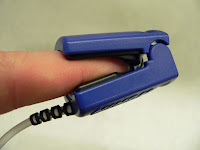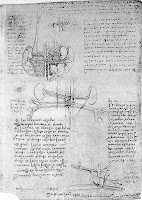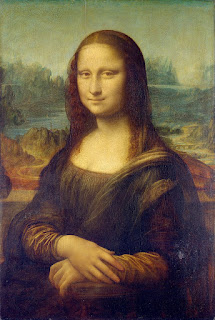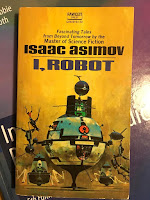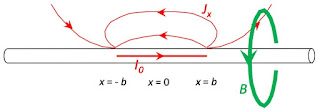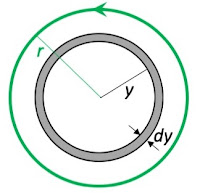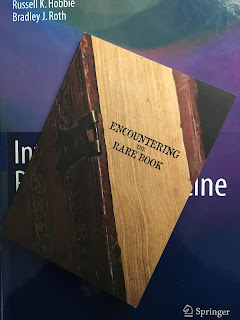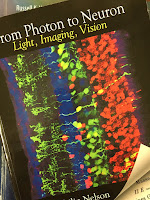In dealing with radiation to the population at large, or to populations of radiation workers, the policy of the various regulatory agencies has been to adopt the linear no-threshold (LNT) model to extrapolate from what is known about the excess risk of cancer at moderately high doses and high dose rates, to low doses, including those below natural background.
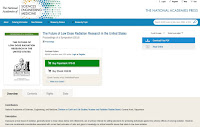 |
| The National Academies Press website where you can download The Future of Low Dose Radiation Research in the United States. |
Exposures at low doses of radiation, generally taken to mean doses below 100 millisieverts, are of primary interest for setting standards for protecting individuals against the adverse effects of ionizing radiation. However, there are considerable uncertainties associated with current best estimates of risks and gaps in knowledge on critical scientific issues that relate to low dose radiation. Nevertheless, in the United States there is no program that is dedicated to advancing knowledge on low dose radiation exposures. Starting in 1999, the Department of Energy’s (DOE’s) Low Dose Radiation Research Program funded experimental research on cellular and molecular responses to low dose radiation but was terminated in 2016 after ramping down funding over several years. Since then, Congress attempted to re-establish a low dose radiation research program in the United States but negotiations within the government have not yet resulted in its establishment.My favorite part of the symposium was a talk by David Brenner, Director of the Columbia University Center for Radiological Research. His remarks emphasize why the risk of low doses of radiation is an important question. He cites seven specific instances where the validity of the linear no-threshold model impacts public health decisions.
The Nuclear and Radiation Studies Board of the National Academies hosted the symposium on The Future of Low Dose Radiation Research in the United States on May 8 and 9, 2019. The goal of the symposium was to provide an open forum for a national discussion on the need for a long-term strategy to guide a low dose radiation research program in the United States.
Dr. Brenner argued that there are significant health, social, and economic consequences for both under- and overprotecting against radiation. He and others provided examples of how uncertainties regarding the appropriate level of protection are affecting decisions of national and global significance:I can think of other examples:
1. Protective action guidelines during the 2011 Fukushima nuclear power plant accident were based on incomplete knowledge about radiation risks at low doses. The differing recommendations for evacuation during the accident issued by the United States and Japanese governments caused confusion and stress, and a number of people died because of the evacuation process. Also, many evacuees still remain displaced or have chosen not to return to areas that have been declared safe for habitation, citing radiation fears.
2. The true health effects of the Fukushima nuclear power plant accident have not been assessed due to incomplete information about radiation risks at low doses. Dr. Brenner said that various attempts to quantify health risks from the accident have reached different conclusions, ranging from no predicted future cancer deaths to hundreds of deaths attributed to the releases from the accident.
3. Cleanup activities at sites that were utilized for nuclear weapons production and testing in the United States are estimated to cost more than $377 billion and take longer than 50 years to complete. DOE has committed to cleaning these sites to below background radiation levels and this commitment is based on incomplete scientific understanding of risks at those levels.
4. Planning for high-level radioactive waste disposal and constructing a deep geological repository is impeded by current requirements for protecting future generations from low dose radiation risks.
5. A global move toward phasing out nuclear power is the result of concerns about the environmental and health consequences of nuclear power plant accidents and the lack of planning for long-term storage of high-level radioactive waste.
6. Risks from radon exposure in homes are uncertain, and better estimates could provide support (or not) for reducing radon exposure by mitigation strategies.
7. Risks associated with medical procedures such as CT scans are not fully understood and therefore a balanced consideration of probable benefits and probable risks is not always possible.
8. I often hear about plans for a manned mission to Mars. Any months-long space mission would expose astronauts to radiation. Are such missions justified given the risks?
9. Health care providers receive small radiation exposures when administering nuclear medicine procedures such as positron emission tomography or single-photon computed emission tomography. At what point does the risk to the doctor or nurse outweigh the benefit to the patient?
10. How much should we worry about, and defend against, terrorist attacks involving wide-spread, low-dose radiation; for instance contamination of a municipal water supply?
11. What is the risk to distant neutral countries during a small-scale nuclear war (for example, the risk to the United States resulting from wind-blown radioactive fallout following a limited nuclear war between India and Pakistan)?
12. The lingering risks of the Chernobyl accident are unclear. First responders at the site received lethal doses of radiation during and immediately following the accident, but people living far away, or working near the site long after the accident, suffer from low-dose exposure, and governments must decide how much effort and expense are justified to mitigate these risks.Assessing the effect of low doses of radiation is a critical issue. You can’t weigh the benefits against the risks if you don’t know the risks. Intermediate Physics for Medicine and Biology introduces readers to this topic, and the National Academies symposium adds more depth. I know it is a cliché to always whine that “we need more research,” but in this case we really do.
David Brenner talking about “Living with Uncertainty About Low Dose Radiation Risks” in 2013.
